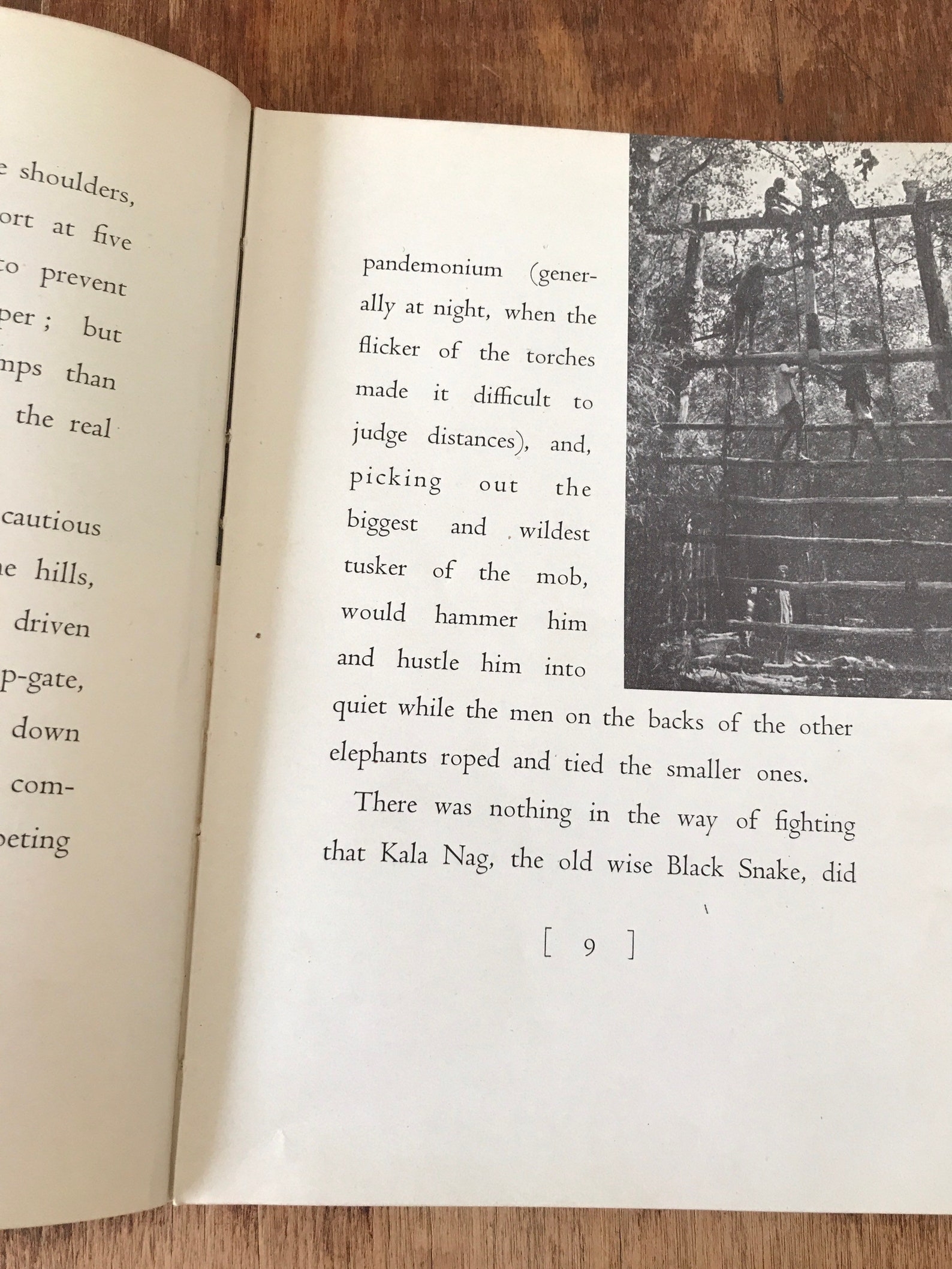

Since I don't add color till everything's scanned this works out pretty well. I print out all my reference in black and white to save ink because I print out a lot of reference and ink is expensive. Me, acting like a maniac for some reference: It's not so jarringly different than the rest of the line art that it's distracting so I figured it was a fair enough cheat. Usually I like to hand draw everything including patterns like this, but it was easier and simpler just to use a preexisting image. The only texture I didn't make was the texture on the red cushion which I borrowed from A Dover pattern book and then tweaked using "spherize" and "distort" on Photoshop until it fit. All the color aside from a few highlights is cloned from watercolor and pastel textures. In this one there's a bird I didn't end up using, but I used pretty much everything else. My object here is to put together some sample illustrations for a possible dummy for a proposed Toomai book.Īs before, I worked in pieces, inking each individual element and recombining the whole mess on the computer.

I will not sell my back to man for a bundle of sugar-cane: I will go out to my own kind, and the wood-folk in their lairs. I thought of this as my one opportunity to show Kali Nag as a bad ass, a flashback to his younger years. Toomai of the Elephants Rudyard Kipling 3.32 139 ratings10 reviews Toomai of the Elephants I will remember what I was, I am sick of rope and chain- I will remember my old strength and all my forest affairs.

This is a scene briefly mentioned early in the story where it describes how the elephant Kali Nag (black snake) bats away a wounded tiger with his head. This would be a double page spread allowing for a column of text to the left. Some of his best etchings were done as series - one of the earliest, illustrating poet William Nicholson's Ballad of Aken Drum, is remarkable for clear, delicate workmanship in the shadow tones, showing great skill and power over his materials, and for strong drawing.So here's the first of three illustrations for Rudyard Kipling's Toomai of the Elephants from The Jungle Books.

Some of his early plates were published in The Portfolio and other art magazines. He was one of the original members of the Royal Society of Painter-Etchers, and his work was a part of their first exhibition in 1881. Strang became assistant master in the etching class, and had great success as an etcher. There he studied art under Alphonse Legros at the Slade School for six years. THERE are, I hope, not many people in England who have not read the story of Little Toomai, who was called Toomai of the Elephants, and of Kala Nag, the. He worked for fifteen months in the counting-house of a firm of shipbuilders before going to London in 1875 when he was sixteen. He was born at Dumbarton, the son of Peter Strang, builder, and educated at the Dumbarton Academy. William Strang RA (1859 – 1921) was a Scottish painter and printmaker, notable for illustrating the works of Bunyan, Coleridge and Kipling.


 0 kommentar(er)
0 kommentar(er)
